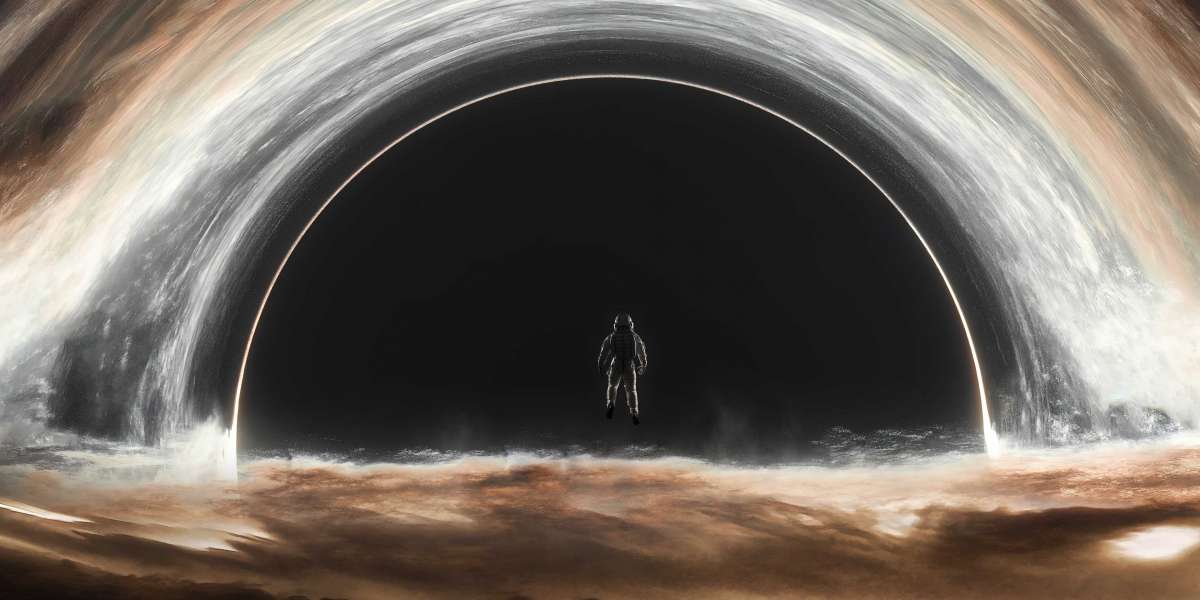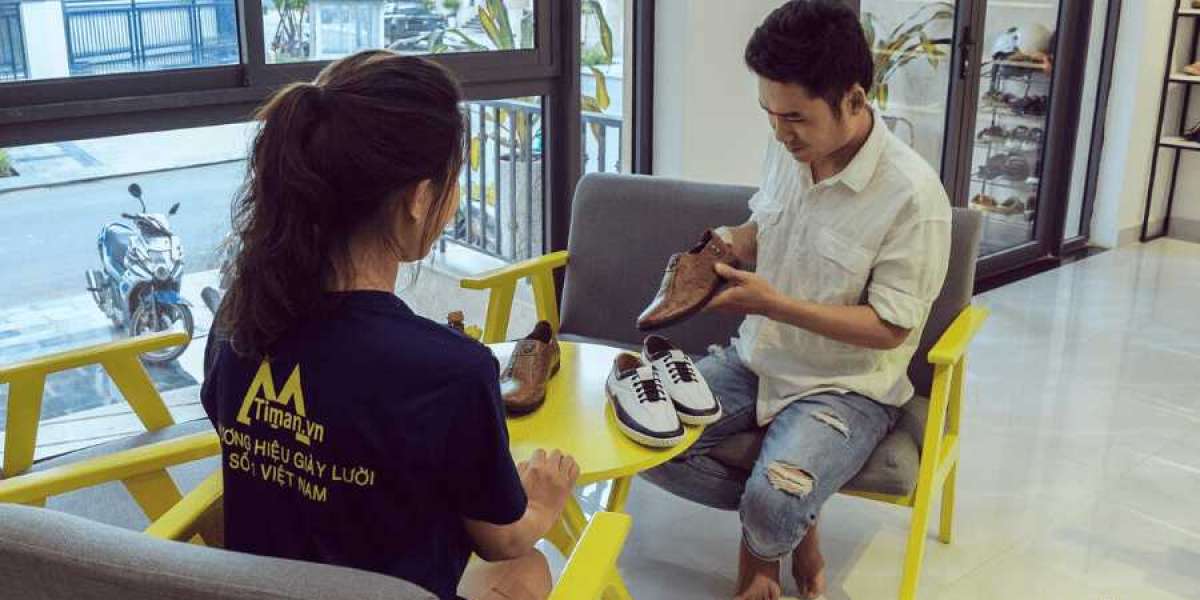In the modern culinary world, where taste meets aesthetics, a restaurant’s brand is no longer defined by its food alone. The visual identity of a restaurant plays a crucial role in attracting new customers, conveying the essence of the cuisine, and creating memorable experiences. While photography remains a dominant medium for food-related visuals, the resurgence of custom illustration offers restaurants a unique way to stand out in a saturated market. Enter the world of food illustrators — skilled artists who can transform dishes, ingredients, and culinary concepts into vibrant, stylized artwork that communicates more than just what’s on the plate.
The Role of Visual Identity in the Restaurant Industry
Before diving into the impact of food illustrators, it’s important to understand the role of visual identity in hospitality. A restaurant’s identity encompasses its logo, color palette, typography, signage, menus, packaging, and digital presence. These elements collectively influence how customers perceive the brand before ever tasting the food. A consistent, compelling visual identity communicates professionalism, evokes emotion, and sets expectations — whether the brand aims to feel rustic and homey, sleek and modern, or whimsical and playful.
In this landscape, custom illustrations can help solidify that identity, making a restaurant more visually memorable and emotionally engaging.
Why Choose Illustration Over Photography?
Photography undoubtedly plays a vital role in restaurant marketing, offering realistic representations of dishes that whet the appetite. However, illustration brings something photography can’t: imagination, mood, and personality. With custom illustrations, restaurants can depict conceptual ideas, abstract feelings, or historical inspirations — all tailored to the brand’s tone.
Illustrations also sidestep some of photography's limitations. There's no need for food styling or perfect lighting. Illustrators can ensure consistency across a visual suite — from menu icons to wall murals — while embracing artistic freedom that enhances storytelling.
Areas Where Food Illustrators Add Value
1. Menus and Signage
Your menu is more than a list of offerings — it's a branded touchpoint. Hand-drawn food illustrations can add warmth and uniqueness to printed or digital menus, guiding the customer’s eye while enhancing the atmosphere. Whether it’s playful doodles for a café or elegant ink sketches for a fine-dining venue, these illustrations help communicate tone and style.
Similarly, custom signage that includes illustrated elements — like herbs, ingredients, or iconic dishes — can create an inviting and thematic visual presence.
2. Packaging and Takeaway Materials
With the rise of takeout and delivery, packaging has become an extension of the dining experience. Illustrated takeout boxes, bags, stickers, and cup sleeves can turn functional materials into brand ambassadors. They also encourage social sharing, particularly when customers find the visuals charming or Instagram-worthy.
3. Social Media and Content Marketing
Illustrations are highly shareable, which makes them ideal for social media marketing. Instead of the usual flood of filtered food photos, illustrated content can captivate audiences with originality. Think recipe infographics, illustrated quotes, behind-the-scenes stories, or seasonal specials drawn in a consistent style.
This type of content helps your brand stand out in busy newsfeeds and invites followers into a more narrative-driven relationship with your restaurant.
4. Murals and Interior Design
Illustrators can also contribute to your physical space. Illustrated wall art, chalkboard drawings, or ingredient-themed murals reinforce your brand’s aesthetic while creating photo-worthy moments. When done tastefully, these elements can be central to your interior design, influencing customer perception and behavior.
5. Brand Storytelling and Merchandising
Whether your restaurant draws on family traditions, regional influences, or a quirky concept, food illustrations can help tell your story. Visual storytelling fosters emotional connections, especially when customers understand the history or inspiration behind your cuisine.
Custom artwork also lends itself well to branded merchandise like postcards, tote bags, cookbooks, and apparel — opening up new revenue streams while boosting brand loyalty.
The Business Case for Hiring a Food Illustrator
Engaging a food illustrator isn’t just an aesthetic choice — it’s a strategic one. Strong visuals contribute directly to brand recognition and customer retention. Here are a few business advantages:
Differentiation: In a crowded market, custom illustrations give you a distinctive edge. Instead of stock images or generic graphics, your visuals become uniquely yours.
Consistency Across Touchpoints: A skilled illustrator can create a cohesive visual language across all platforms — from your website to in-house materials — improving brand coherence.
Long-Term Value: Unlike photography that may need frequent updates, illustrations (especially when vector-based) age well and are adaptable over time.
Cost-Effective in the Long Run: Hiring a photographer for recurring shoots can add up quickly. A food illustrator can create reusable assets, such as icon sets, ingredient drawings, or illustrated templates that serve your brand across seasons and campaigns.
If you’re considering investing in this area, searching for food illustration for hire can connect you with freelance illustrators or studios specializing in culinary art. These professionals often provide portfolio samples, style versatility, and the ability to collaborate closely with your branding team or marketing agency.
Finding the Right Illustrator for Your Brand
Not all food illustrators are the same. Some specialize in hyper-realistic renderings, while others lean toward whimsical or minimalist styles. When choosing an illustrator:
Review Portfolios Carefully: Look for past work with restaurants, food brands, or culinary publications.
Align on Style: Choose an artist whose aesthetic matches your restaurant's tone.
Clarify Scope and Licensing: Define where the artwork will appear and secure usage rights accordingly.
Consider Collaboration: Good illustrators are collaborators. They’ll take your brand vision and translate it into visuals that resonate.
Many illustrators also offer art direction and branding insight, which can be invaluable if you're launching a new restaurant or rebranding an existing one.
Final Thoughts
As the restaurant industry becomes increasingly design-conscious, visual storytelling through illustration offers a creative, versatile, and brand-forward path to success. Whether you're launching a cozy bakery or running a large-scale bistro chain, custom illustrations can elevate your visual identity, create emotional resonance, and set your business apart.
In a world where diners eat with their eyes first — both in-person and online — investing in the art of food illustration isn't just a design decision; it's a strategic one.


